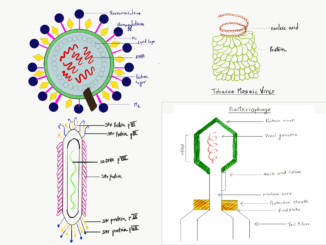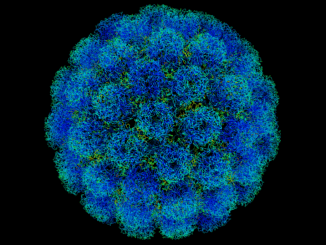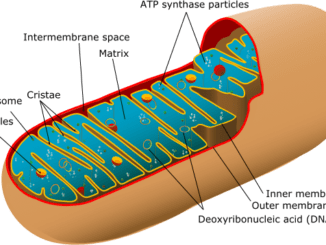
Plasma membrane: Definition and Composition
Definition A plasma membrane is defined as a covering or envelope which encloses almost all types of cells whether it is plant or animal. It […]

Definition A plasma membrane is defined as a covering or envelope which encloses almost all types of cells whether it is plant or animal. It […]

Difference between animal, plant virus, and bacteriophage Viruses are very small even smaller than bacteria and are mainly parasitic in nature. Depending upon the host, […]

Introduction There is no nomenclature system for virus classification since they are not considered truly living. As we all know living organisms have a definite […]

Virus definition In Latin, the word virus means poisonous or venomous fluid coined by Dmitri Ivanowsky (1892). He recognized certain microbes causing mosaic diseases of […]

Introduction We are studying a lot about flavonoids and alkaloids in food and their health benefits in day-to-day blogs. Today with the concept of superfoods […]

Introduction The mitochondria powerhouse of the cell. It is a semi-autonomous cellular organelle that generates ATP which are the energy-rich compounds and are the main […]

Definition of cell The definition of the cell is simple, “It is the fundamental, structural, and functional unit of all living organisms“. Anton Von Leeuwenhoek […]
Copyright © 2024 | WordPress Theme by MH Themes